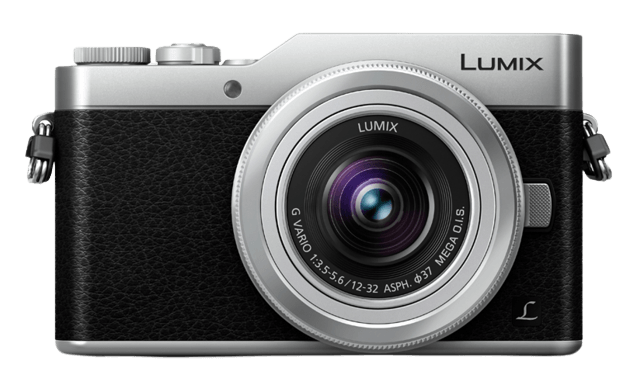Panasonic Lumix DC-GX800 Specs and Scores

The Panasonic Lumix DC-GX800 scores a 51/100 in our camera evaluation. Announced on January 4, 2017, this mirrorless camera features a launch price of $550. With dimensions of 107 x 65 x 33mm and a weight of 269g (0.59lbs), the DC-GX800 offers a compact and lightweight design.
When compared to today’s market, the DC-GX800’s specifications are not as competitive as some newer models. However, its size and weight make it a convenient option for casual photographers. The score of 51 reflects the camera’s capabilities but does not necessarily determine its overall quality.
Panasonic Lumix DC-GX800 Overview and Optics
The optics of the Panasonic Lumix DC-GX800 receives a score of 53 out of 100. This camera features a 16-megapixel CMOS sensor, which is a common resolution in today’s market. The Micro Four Thirds sensor size is smaller than full-frame sensors but still delivers decent image quality. The Venus Engine processor ensures fast and efficient image processing.
With a shooting speed of 10 frames per second, the Lumix DC-GX800 is suitable for capturing fast-moving subjects. The camera has a DXOMARK score of 73 for its sensor, reflecting its reliable performance. The Micro 4/3 lens mount provides compatibility with a wide range of lenses, but the absence of image stabilization might be a drawback for some users. The 4:3 aspect ratio is standard for this type of camera.
Taking all these specifications into account, the Panasonic Lumix DC-GX800 offers a satisfactory performance in terms of optics, though it may not be the top choice for those seeking higher-end features.
Panasonic Lumix DC-GX800 Video Performance
The Panasonic Lumix DC-GX800 receives a video score of 70/100. This camera boasts a maximum video resolution of 4K with dimensions of 3840 x 2160, providing high-quality visuals. The maximum video frame rate is 30fps, which is standard among modern cameras, ensuring smooth motion in recorded footage.
A notable feature of the Lumix DC-GX800 is its built-in time-lapse functionality, offering creative options for users. Comparing these specifications to other cameras in today’s market, the Lumix DC-GX800 provides a competitive video performance with its 4K resolution and time-lapse capability.
The Panasonic Lumix DC-GX800 is a solid choice for those seeking quality video capabilities and additional features like time-lapse, making it a worthy contender in the current camera market.
Panasonic Lumix DC-GX800 Features and Benefits
The Panasonic Lumix DC-GX800 receives a feature score of 57 out of 100. With a 3-inch screen size and a resolution of 1,040,000 dots, the camera provides a clear and sharp display. The touchscreen and flip screen capabilities make it easy for users to navigate and compose shots from different angles.
In today’s market, the Lumix DC-GX800 competes with other cameras by offering Wi-Fi connectivity, allowing users to transfer images and control the camera remotely. However, it lacks GPS and Bluetooth features, which are present in some competitors’ models.
The Lumix DC-GX800 stands as a good option for those seeking a compact camera with essential features. While it may not have all the bells and whistles found in other models, its core functionality and user-friendly design make it a reliable choice for photographers of all levels.
Panasonic Lumix DC-GX800 Storage and Battery
The Panasonic Lumix DC-GX800 receives a storage and battery score of 13/100. The camera has a single memory card slot, accepting microSD, SDHC, and SDXC cards. While this may be sufficient for casual users, professionals and enthusiasts might find the single slot limiting.
The Lumix DC-GX800’s battery life is 210 shots, which falls short compared to other cameras in today’s market. The battery type is DMW-BLH7, and the camera does not offer USB charging. This could be an inconvenience for users who need to charge their camera on-the-go.
Taking these factors into account, the Lumix DC-GX800’s storage and battery performance is subpar compared to other cameras available. Potential buyers should carefully consider their needs and usage patterns before investing in this camera.
